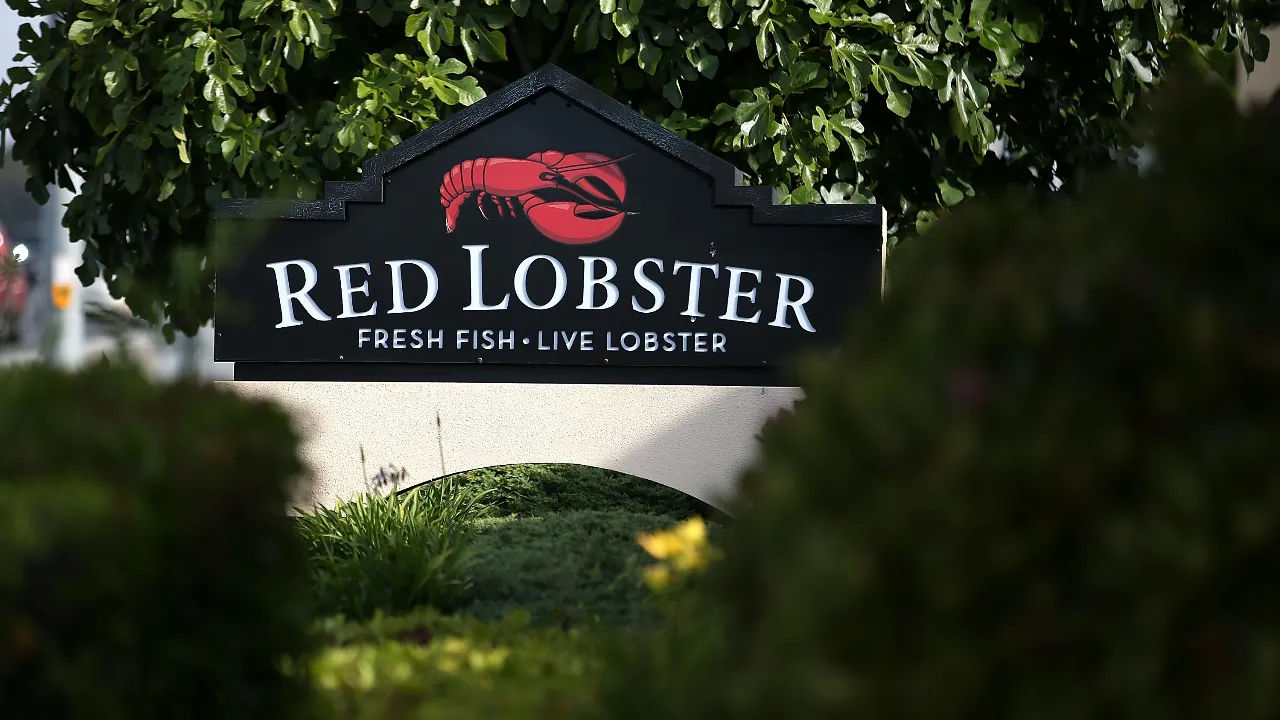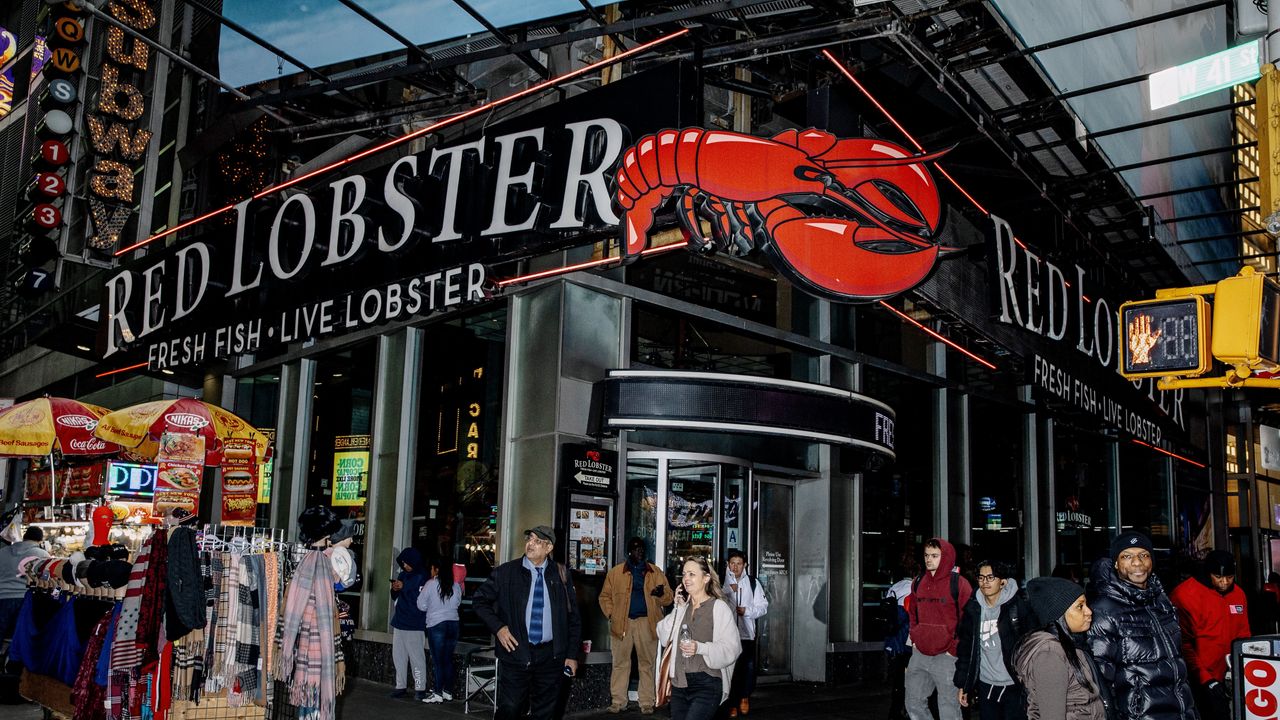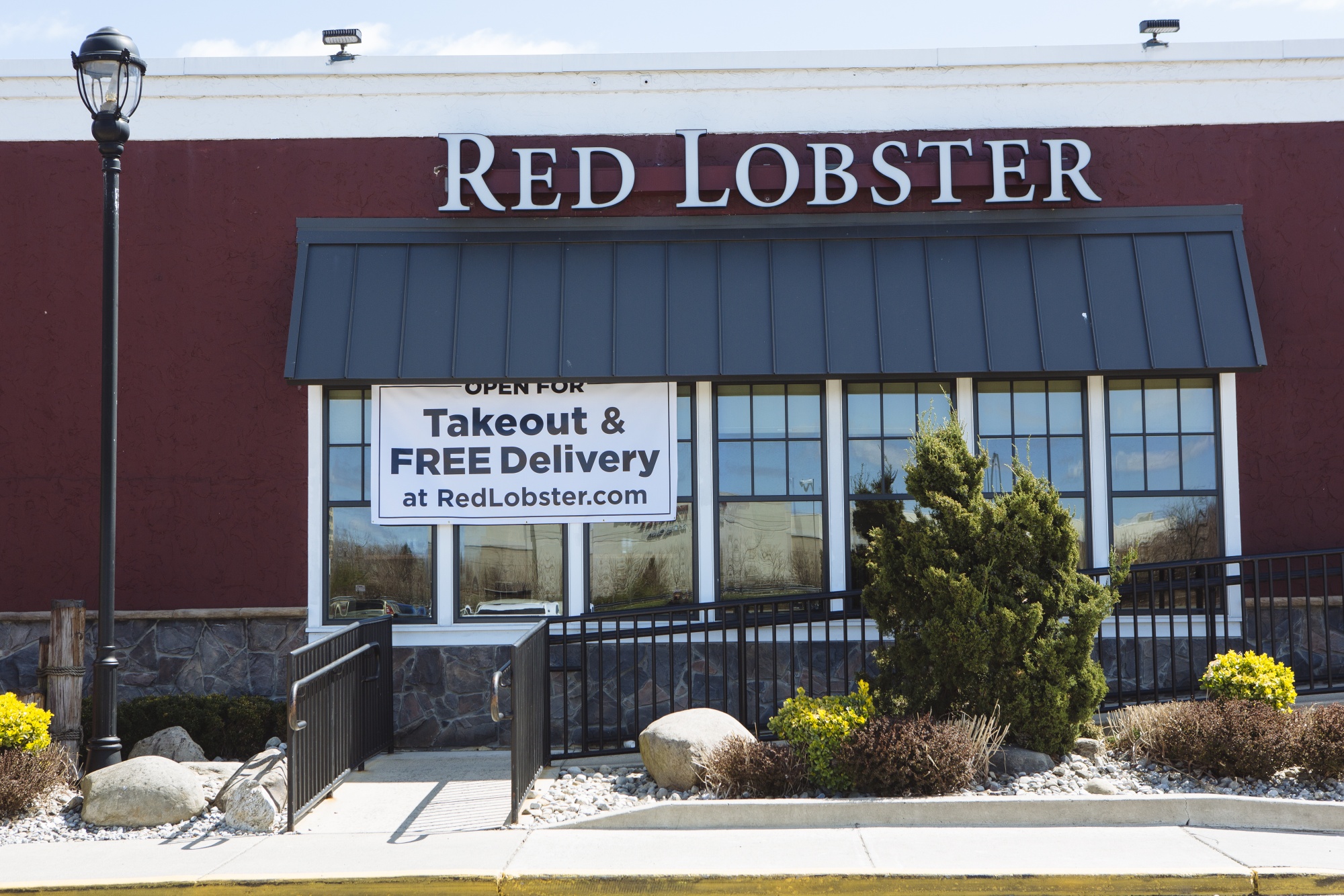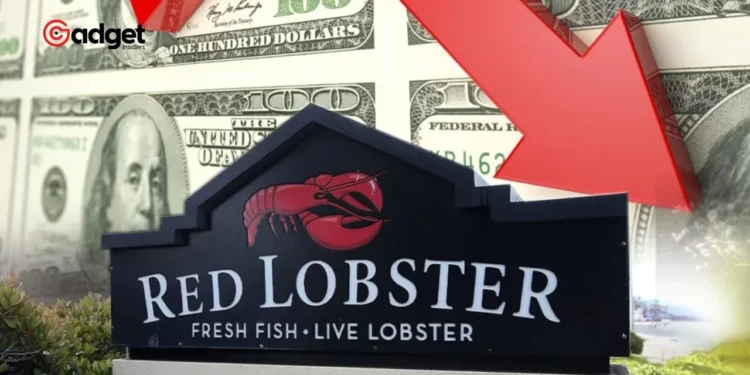Red Lobster, once a giant in the seafood dining industry, faces a dire situation as it grapples with the prospect of shutting down an additional 135 restaurants. These closures come in the wake of the company’s recent bankruptcy filing and ongoing struggles with lease renegotiations. This troubling development follows the abrupt closure of 93 locations on May 13, highlighting the severe financial distress that the company is currently experiencing.
The root of the issue lies in the 228 leases that Red Lobster has identified as unprofitable under current terms, according to Restaurant Business. With many of these leases set to expire soon, the seafood chain is in a race against time to secure more favorable conditions that could potentially save these locations from permanent closure.

A Times Square Standoff
One of the most critical battles for Red Lobster is unfolding in Times Square, New York. The iconic location, known for its buzzing atmosphere and high foot traffic, is under threat as landlords SL Green and RXR push to double the rental income from the Red Lobster property. As the lease deadline looms at the end of the month, the stakes are high with the company needing to agree to a hefty annual rent of $2.2 million for the expansive three-level space.
The financial strain is evident as Red Lobster, which filed for Chapter 11 bankruptcy in Florida on May 19, reveals its crippling debt burden amounting to hundreds of millions of dollars. This precarious financial position is compounded by a controversial decision made last year to make the $20 endless shrimp dish a permanent menu feature, which led to significant operational challenges and further financial losses.

Mismanagement and Market Challenges
Further complicating matters is the investigation into Red Lobster’s majority owner, Thai Union, and its alleged role in the mismanagement that contributed to the restaurant chain’s downfall. Court filings reveal that former CEO Paul Kenny’s decision to extend the endless shrimp promotion faced substantial internal opposition, a decision that ultimately resulted in a staggering $11 million loss.
This misstep was part of a broader pattern of poor management decisions that have plagued Red Lobster. From drastic shrimp shortages due to supplier cuts to increased dependency on Thai Union, which resulted in heightened costs, the management’s strategic errors have had a profound impact on the company’s bottom line.

Red Lobster’s Strategy of Survival
In response to these overwhelming challenges, Red Lobster’s current CEO, Jonathan Tibus, has outlined a strategy that involves closing underperforming restaurants and potentially selling others to a group of lenders, including Fortress Investment Group. This plan is a crucial part of the company’s effort to stabilize its operations and navigate out of financial turmoil.

The broader implications of sea food giant’s struggles reflect the harsh realities many traditional dining chains face today—rising operational costs, fierce competition, and shifting consumer preferences, all amplified by the economic pressures of high inflation.
As Red Lobster continues its fight to stay afloat, the outcome of its lease renegotiations and strategic adjustments will be critical in determining whether the company can reclaim its place as a beloved seafood destination or if it will succumb to the turbulent waters of the restaurant industry.










